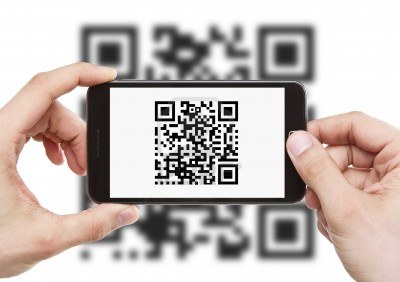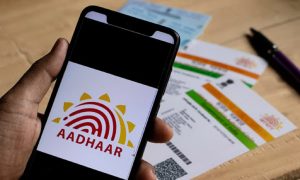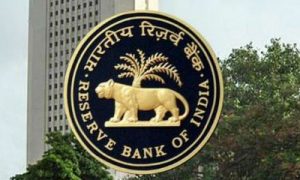A30-year-old professor from the Indian Institute of Science, Bengaluru recently fell victim to a QR code scam while trying to sell his washing machine on an online platform. He received a message from a potential buyer who agreed to the offered price without any negotiation. During the payment process, the buyer requested the professor to scan a QR code so that he could quickly send the amount into his bank account. However, as soon as the professor scanned the code, Rs 63,000 were siphoned from his account.
In another similar case in the city, a 30-year-old homemaker lost Rs 20,000 after posting a picture of her veena for sale on the same online marketplace. A caller posing as a buyer obtained the victim’s bank account details and forwarded a link to her mobile phone. When the homemaker clicked on the link, her money was withdrawn from his bank account in a matter of seconds.
Read More: Can You Change Trains And Use The Same General Ticket?
These are just a few incidents from the hundreds of cases reported in QR code scams in the last few months. UPI and digital transaction methods have made it easier than ever to make payments online. However, this convenience has also made it easier for fraudsters to target unsuspecting victims. QR code scams are one of the latest methods that fraudsters are using to steal money from people.
What is happening
In a QR code scam, a fraudster sends victims a QR code that appears to be for a legitimate payment. They try to persuade people that they are transferring money to them using a QR code. Scammers further tell the receiver to scan the QR code, enter the desired amount they want to receive, and then enter an OTP (One-Time Password).
It is important to note that QR codes are typically used for sending money, not for receiving it. Therefore, when people scan someone’s QR code, thinking they are getting paid, and then enter the OTP, the opposite happens: money is deducted from their account, not the sender’s.
Read More: What To Do If Hospital Denies Treatment To Ayushman Bharat Scheme Cardholder
The constant barrage of calls, which is a common tactic used by these scammers, often confuses people and prevents them from critically assessing the situation. As a result, they overlook warning signs and dismiss red flags, making them vulnerable to falling for the fraud.
An incident involving one of our team members at India Today Tech sheds light on how these scams unfold. In this instance, a person attempted to deceive one of our team member during a transaction on OLX.
The potential buyer agreed to the listed price and expressed interest in purchasing the item. However, the buyer quickly demanded the UPI ID and bank account details to initiate payment. The situation became more alarming when the buyer did not inspect the item or negotiate the price. A red flag emerged when the buyer sent a QR code through WhatsApp. The QR code displayed the payment amount and requested our team member to scan it to facilitate the payment process. The buyer also bombarded our team members with calls and messages, pressuring them for a swift resolution. Fortunately, our team member recognized this ploy as a scam and was able to avoid falling victim.
Read More: G20 Summit 2023: Banks To Remain Shut In Delhi From Sept 8-10, Check Security Preparations
How to prevent QR code scams
- Do not share your UPI ID or bank account details with people you do not know.
- If possible, deal in cash if you are selling something on OLX or other sites.
- Never scan a QR code if you are receiving an amount. QR codes are typically used for sending money, not for receiving it. If you scan a QR code that is meant to receive money, you may end up giving your money to the scammer.
- Even when sending money, always cross-check the details shown by the QR code scanner. Make sure that the recipient’s name, account number, and IFSC code are correct.
- Avoid scanning a QR code if it looks like a sticker covering another QR code. This could be a sign that the QR code has been tampered with.
- Never share your OTP with anyone. OTPs are confidential numbers that are used to verify your identity. If you share your OTP with someone, they may be able to access your bank account or other accounts.
- Always verify the identity of the person on an online website if you are selling or buying anything. There are many scams that involve fake online sellers. Make sure to do your research before you send money to someone you do not know.
- Try not to share your mobile number too if not needed. Your mobile number can be used to send you spam or phishing messages.





































